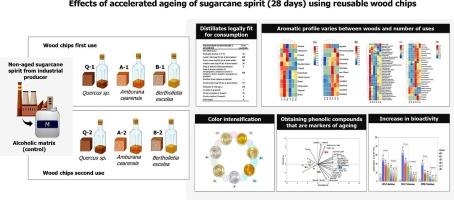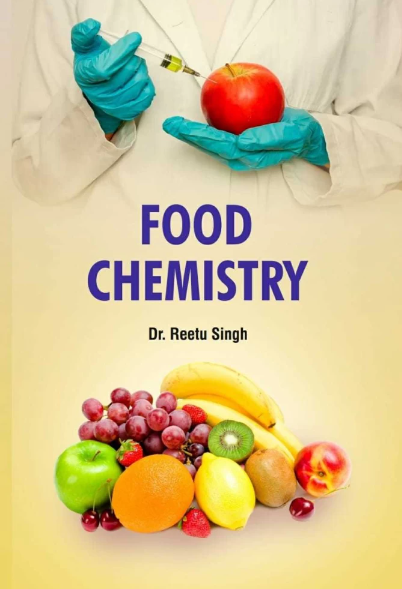Accelerated aging of Brazilian sugarcane spirit: Impact of wood chips reuse on the phenolic and volatile profile of the beverage
IF 8.5
1区 农林科学
Q1 CHEMISTRY, APPLIED
引用次数: 0
Abstract
The study investigated the impact of reusing wood chips in the maturation of sugarcane spirits on the chemical profile (non-volatile and volatile) of the bevarage. Chips of oak (Quercus sp.), amburana (Amburana cearensis), and chestnut (Bertholletia excelsa) were used in two maturation cycles. The first use of the chips resulted in greater extraction of phenolic and volatile compounds (especially esters and terpenes), increasing color intensity and antioxidant activity, promoting more complex beverages. Oak stood out for its higher phenolic content and greater antioxidant activity, while amburana and chestnut had different phenolic profiles. Compounds such as vanillin, vanillic acid and procyanidin-B2 were confirmed as markers of the woods studied. Reusing the chips reduced the concentration of antioxidant compounds, although it maintained the legal quality standards. Thus, the use of woodchips is a promising technique for adding aging markers in a short time, although their reuse is a limited practice.

求助全文
约1分钟内获得全文
求助全文
来源期刊

Food Chemistry
工程技术-食品科技
CiteScore
16.30
自引率
10.20%
发文量
3130
审稿时长
122 days
期刊介绍:
Food Chemistry publishes original research papers dealing with the advancement of the chemistry and biochemistry of foods or the analytical methods/ approach used. All papers should focus on the novelty of the research carried out.
 求助内容:
求助内容: 应助结果提醒方式:
应助结果提醒方式:


